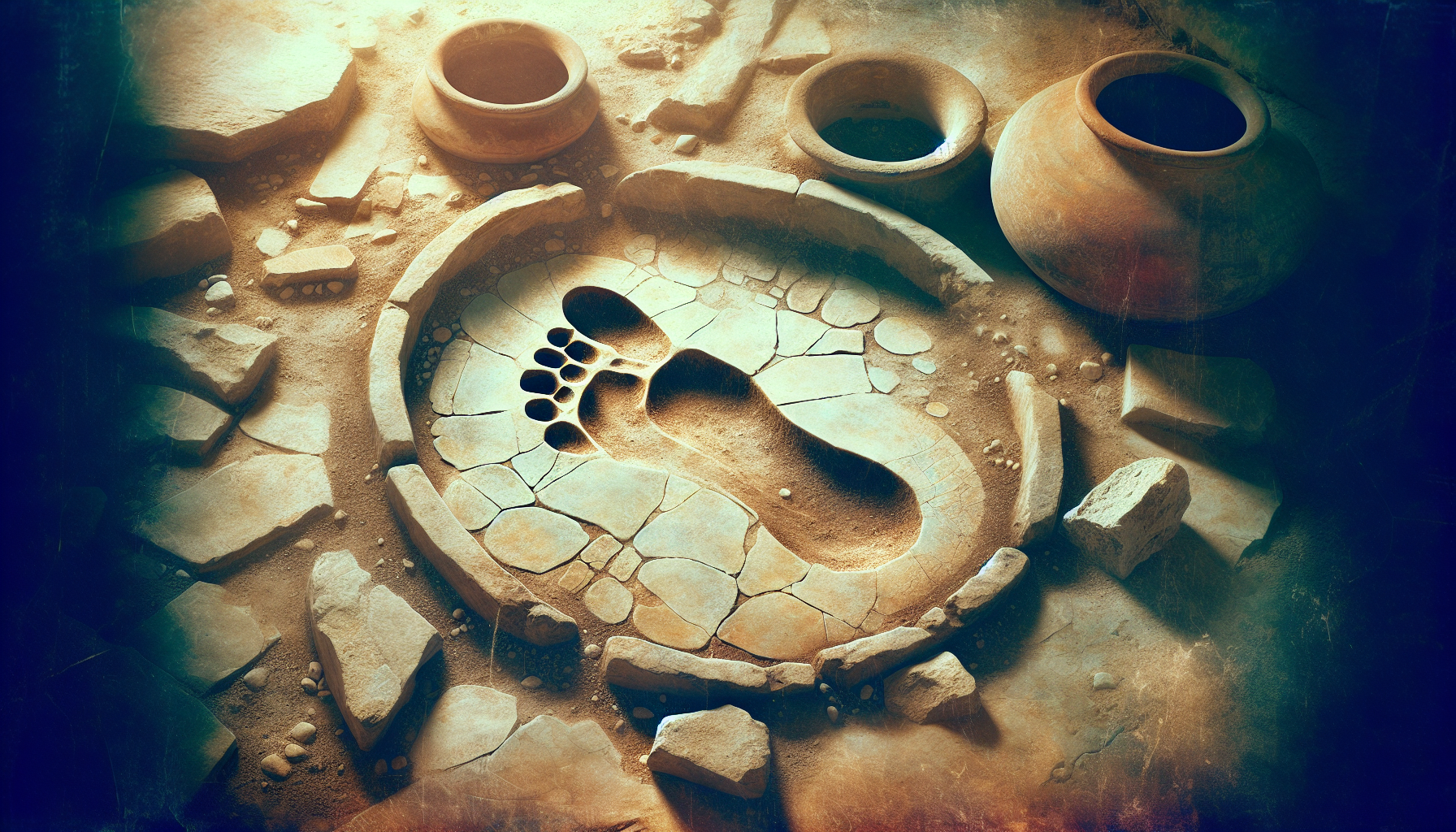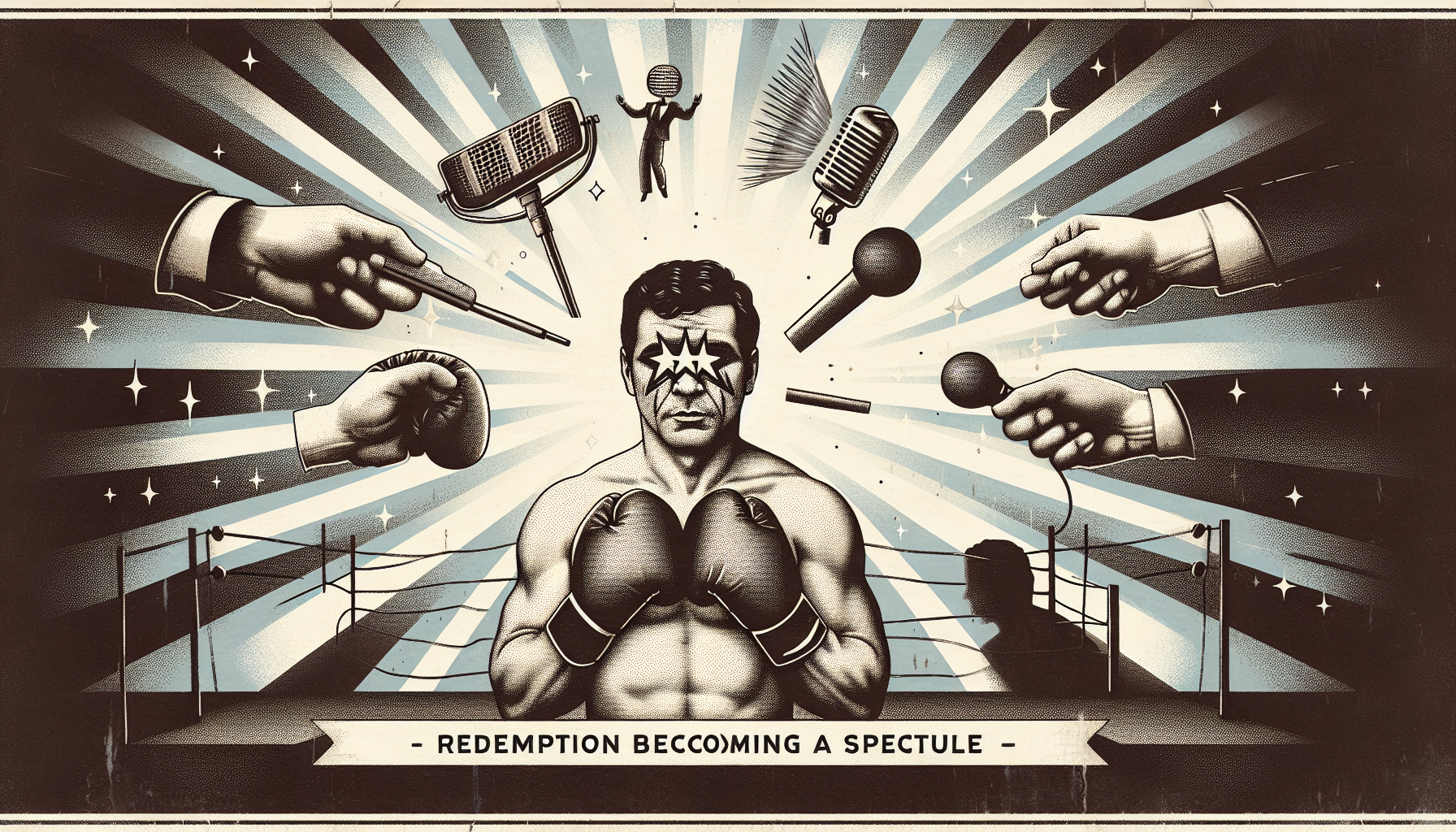Title: Tiny Bones, Big Revelations: How a Notched Fossil in Romania Is Rewriting Our Human Story
Dear seekers of stories written not in ink, but in bone—
Let’s take a journey, not through headlines or Hollywood, but through deep time. Imagine standing by a slow-moving river nearly two million years ago, not with a smartphone, but with a stone blade in hand. You’re not scrolling, you’re surviving. And you’re not alone.
In the spring of 2025, quietly, without fanfare, a story surfaced that should’ve made front pages around the world. It involves no red carpets or TikTok trends, yet its implications stretch far beyond the glitter of celebrity. We’re talking about grooves etched into old bones—20 of them, in fact—found in Romania. But what they reveal? That our human ancestors, known as hominins, were in Eastern Europe more than 1.95 million years ago—butchering animals, leaving behind a breadcrumb trail of evolutionary history.
An Ancient Scratch Becomes a Shout
The scene of the scientific awakening: Grăunceanu, a lesser-known fossil site in Romania, which until recently was a geological footnote. Thousands of bones unearthed decades ago ended up shelved without answers, the archaeological equivalent of an unsent message. Then, a small team of researchers, led in part by biological anthropologist Sabrina Curran, started looking closer—literally. Under a low light and magnifying lens, the faint V-shaped cut marks came into focus.
“I think I found something,” Curran reportedly said, in a moment that echoes through science with the weight of realization. What she had found weren’t just scratches from passing wildlife or natural erosion. These were deliberate, stone-tool-inflicted cuts—evidence of butchering. A signature, if you will, of one hominin helping themselves to the meat of an animal, like a deer or gazelle, by slicing flesh off bone.
From Glove Compartments to Glass Cases
Let’s pause. Because this isn't just a tale of dusty museums or academic debates. It's about how we piece together lost stories using fragments, precision—and often, a bit of stubborn faith. Think about it: some of us misplace our keys walking through the front door. These scientists uncovered physical traces of actions taken two million years ago and put them into context.
But how can we be sure it wasn’t a tiger's tooth or a crocodile’s jaw that made those marks? That question led the research team to call in the big tech: a non-contact 3D optical profiler, a kind of microscope forensics powerhouse. They compared the cut marks to an extensive modern database of known bone damage—from predators, sediments, river abrasion, and, yes, ancient tool use.
The results? Eight high-confidence butchery marks, with 12 more likely matches—together, enough to confidently state: hominins were here, and they were eating well.
The World They Walked
Let’s rewind to that riverside in Grăunceanu, two million years ago. Things would look both alien and oddly familiar. You’d see sabertooth cats lounging in the tall grass, giraffes wandering across open plains, and even ancient hyenas stalking prey. This wasn’t the Africa of paleoanthropology textbooks—it was Europe welcoming its newest residents: human ancestors with sharp stones and sharper survival instincts.
And now—now we know they were there because they left behind their story. Not in cave paintings or grave goods, but in the very substrate of existence: what they killed, ate, and discarded.
From History Channel to Human Channel
This isn’t just about bones in Romania. It’s about challenging assumptions on where and when we began. For decades, Dmanisi, Georgia held the record for the oldest hominin site in Eurasia, dating to about 1.8 million years ago. But Grăunceanu pulls that thread even further back—to 1.95 million. It reshapes timelines, redraws migration routes, and reminds us how little we truly know about the footsteps we follow.
And let’s be honest—this discovery feels personal. In an age of shaky truths and TikTok archaeology, to find hard, physical evidence from nearly two million years ago is grounding. It affirms that some things—like curiosity, survival, and storytelling—are as old as our very flesh.
An Echo in the Fossil Record
But perhaps the most haunting part of this data-rich discovery isn’t its antiquity—it’s its silence. No hominin fossils were found at Grăunceanu. Just marks. Traces of action without the actors. Like reading a script without the cast.
Still, those marks are enough. They don’t whisper—they proclaim: “We were here. We butchered. We thrived.”
And they speak especially loudly in a world distracted by noise.
Lessons from a 2-Million-Year-Old Dinner
What does it mean that we can date aggression, cooperation, and ingenuity back nearly 2 million years? That even then, humans (or those who would become human) engaged with their environment deliberately, tactically, and maybe even ceremonially? These aren’t easy questions, nor are the answers tidy. But they matter.
Because between fame cycles, political spirals, and social media debates, this quiet clarity cuts through: we came from wanderers and toolmakers who left more than DNA. They left traces of choices.
So let’s honor them the only way we truly can—not with museum plaques or press releases, but with curiosity. Let’s keep asking, scratching, cutting through the sediment of disbelief to say: what else don’t we know?
Until next time, stay curious. The past isn’t buried—it’s waiting.
Yours in time and trace,
A Seeker of Shadows and Stories

